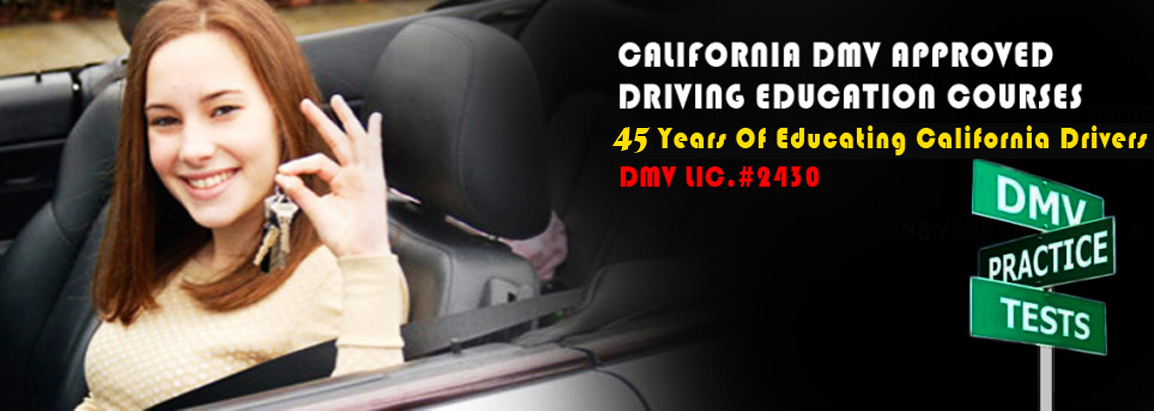PARENT COMMUNICATION – TEACHING YOUR TEEN TO DRIVE – Part 1
Just because a person knows how to drive, does not mean they know how to teach driving. When emotions, anxiety, and fear play into the mix, the results can be disastrous.
Before taking your teen out on the road make sure a certified driving instructor is responsible for teaching them how to drive. At Economicdrivingschool.com we have been teaching students behind-the-wheel instruction for 35 years.
There are many things to know when teaching your teen to drive. Every parent should read the California Parent – Teen Training Guide available online or at your local DMV office. They should also review the California Driver Handbook which covers all subjects from licensing to traffic laws, driving tips, insurance, emergency situations, etc.
Communication is the key to preparing your teenager to become a good driver. Give directions in a clear, calm voice, well in advance. Allow you’re teen enough time to follow directions.
Tell your new driver how you want something done before you say what you want done. For example, you should say, “At the next corner, turn right.” If you say, turn right at the corner” your teen may react before you have completed your instructions.
When answering questions, use the word “correct,” rather than “right,” which may be mistaken as a direction for a turn rather than an answer to a question.
Avoid using only the word “Stop” because it often panics a beginning driver. Instead say “bring your car to a stop.”
Here are words or short phrases that will help communicate to the driver. Reviewing these terms with the driver will simplify your training experience.
Planning Check A quick glance for the purpose of planning whether to whether to wait or to proceed.
Survival Check A quick glance for the purpose of being certain that it is safe to do what you plan to do.
Hazard An object in the path your car is about to take or any or any object moving toward you on a collision course.
Potential Hazard Anything or any situation which might suddenly change into a collision course.
“Stale Green” A green signal that may, at any instant, change to yellow.
“Fresh Green” The first five seconds of the green signal.
“Space Cushion” Keep away from other vehicles, pedestrians, cyclists, and other hazards. Usually 2 – 3 seconds.
Service Brake The brake used to stop the car.
Parking Brake The brake used to hold the car when you leave it.
Directional The electric turn signal.
Yield To give the other person the privilege of going first.
Merge Bring together (as forming one line).
Eye Contact You see that the other person is focusing his eyes on you.
Commentary Driving Technique The driver verbalizes what he sees that could affect his driving.
Intersection Anywhere two roads meet.
Protected Street A street on which all intersections are controlled by stop signs, traffic lights, etc.
Brake Lights Lights on the back of your car that light when you press the brake pedal.
Read Parent Communication – Teaching your Teen To Driver – Part 2 to learn more




No comments yet.